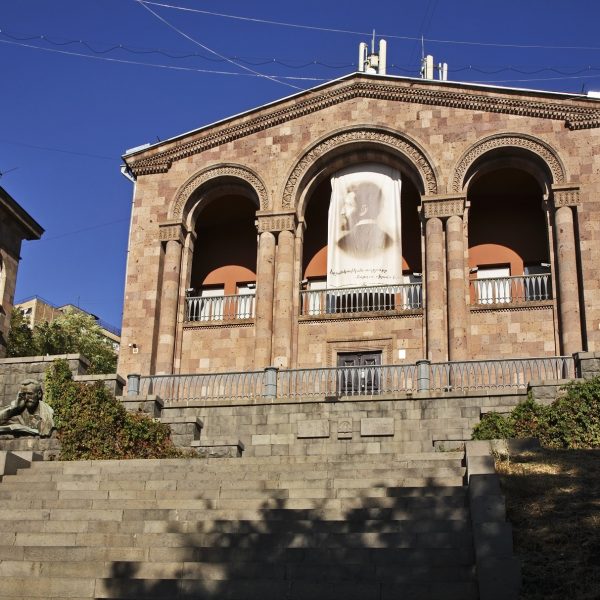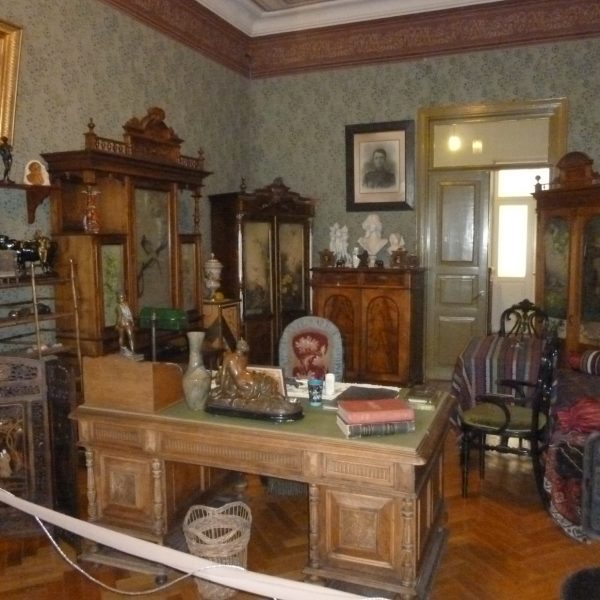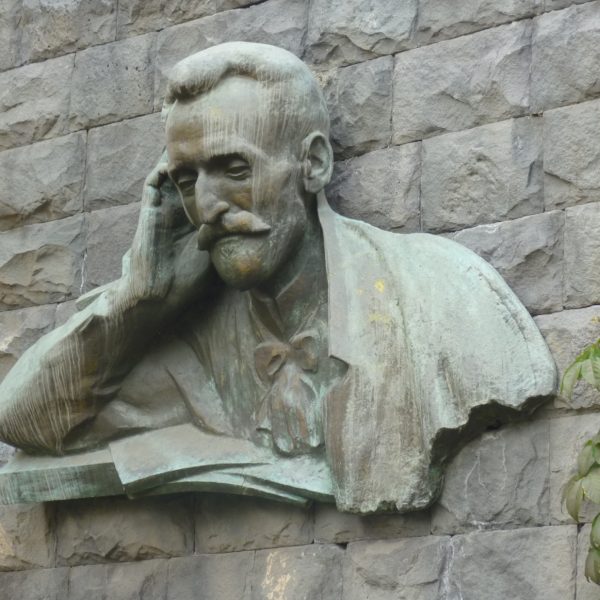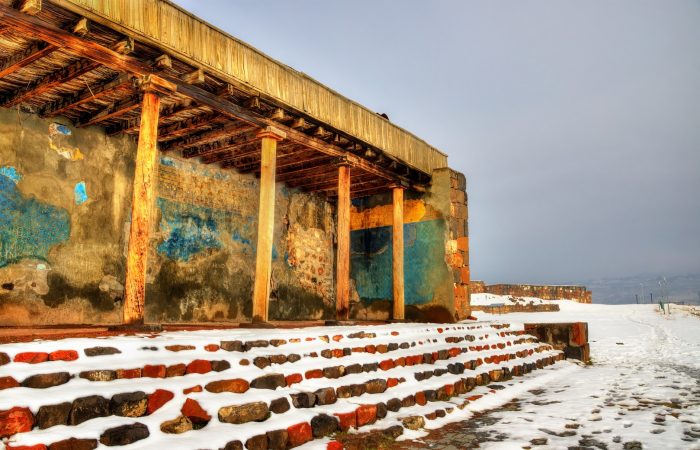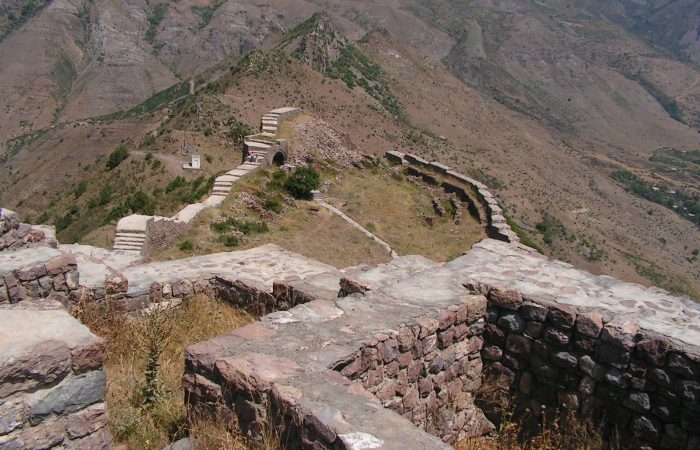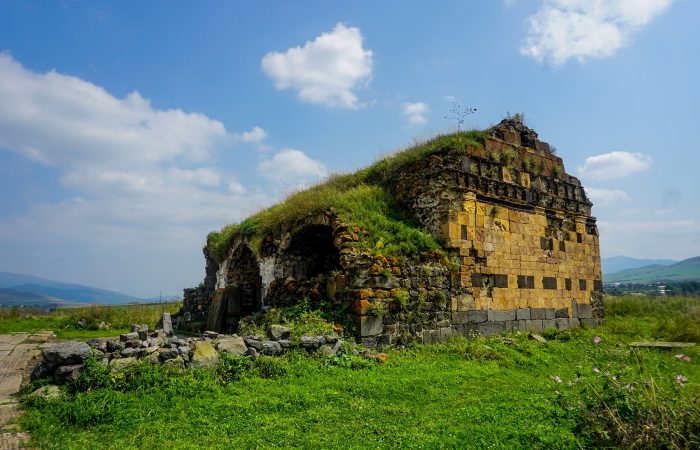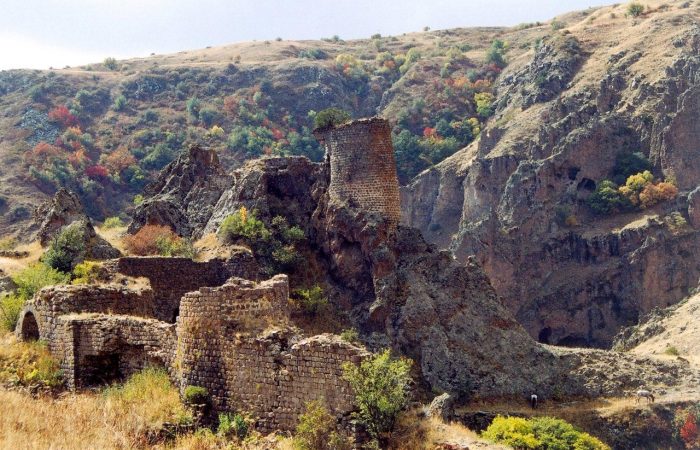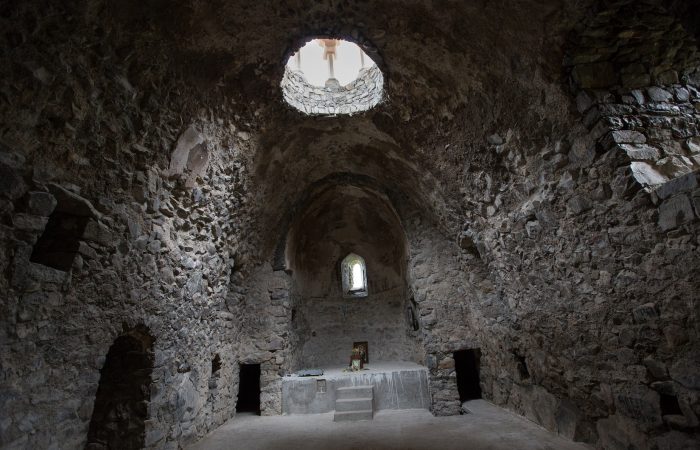Hovhannes Tumanyan Museum Halls
The Museum of Hovhannes Tumanyan comes with six halls each of them recounting about Hovhannes Tumanyan as a writer, poet, public figure, activist, just a person and a friend.
Green Hall
Hovhannes Tumanyan was born in one of the most beautiful corners of Armenia, in Dsegh village in Lori province on February 19, 1869. And this hall features the model of the house where the writer was born and where he grew up. That house as well was converted into a house-museum, so in case there is a chance it’s worth visiting it and seeing with your own eyes. On the whole, the green hall tells about Tumanyan’s childhood, his teenage years, his first love and his admission to Nersisyan School. It particularly tells about the beginning of his creative path and his marriage as well.
Apricot Hall
Manuscripts and other evidence regarding some of Tumanyan’s works, among them “Anush,” “Parvana” and “David of Sasun,” are exhibited in this hall. The hall also includes documents and photos recounting about his being detained and released in Saint Petersburg.
Vernatun
This hall was opened in 1985 due to the efforts of Hovhannes Tumanyan’s younger daughter Tamar Tumanyan’s efforts. It’s the reproduction of the writer’s house located on 44 Bebutov Street in Tiflis known as Vernatun (means garret in English). It’s where Tumanyan used to organize meetings of Armenian intellectuals. It very soon turned into an influential literary group the members of which were such outstanding Armenian figures, writers and poets like Avetik Isahakyan, Derenik Demirchyan, Levon Shant, Leo, Perch Proshyan, Alexander Shirvanzade and many others. To put it as simply as possible, Vernatun was the place where Armenian intellectuals used to discuss and seek for answers to cultural and moral issues.
Blue Hall
World War I years were the hardest for Tumanyan. He was absolutely ruined and destroyed by the Armenian Genocide committed in 1915, but he was his nation’s “spiritual leader,” its conscience and therefore he had no right to give in to weakness or despair; he had no right to give up. Eventually, Tumanyan found enough strength to overcome the tragedy and realized that his nation needs one very important thing; that thing was HOPE. He became the bearer of that hope. This hall contains materials regarding Tumanyan’s activities in those years.
Pink Hall
In the last years of his life Tumanyan’s mind was far from the world, he was more concentrated on his dialogs with god. It’s felt in his quatrains, in which the meaning and emptiness of life, the human pain and love are reflected.
Last Apartment
As you go up the stairs at the end of the pink hall you appear on the second floor where the exact reproduction of Tumanyan’s last six room apartment situated on Voznesenskaya 18 Street in Tiflis can be found. Tumanyan lived there in 1909-1923.
Hovhannes Tumanyan Museum Memorial Rooms
Study
“Not to Smoke and not to ask for a book” – This request can be found on Tumanyan’s study wall. It’s a very well-equipped room with a desk in the center, and a rich bookcase in one of the corners. Photos of close relatives, books, statuettes and paintings can be found in the study. During the last years of his life Tumanyan more preferred to lie on the couch in his study on which he used to write his quatrains, which he kept in a special box meant for especially those four line poems. There is also the picture of his son Artavazd who died in Van. This was a tragedy for the writer from which he never actually recovered.
Living-room
The living room is rather comfortable. It’s where the close people and relatives used to gather. It was a desirable place for many people. There is a piano in this room, which Tumanyan had bought for his daughter Anush and which has been played by such eminent pianists and composers like Armen Tigranyan, Romanos Meliqyan, Mushegh Aghayan, Alexander Spendiaryan and others.
Refectory
Tumanyan’s house was always full of people, and the writer himself loved parties very much. His contemporaries and friends even recall the toasts he used to make. Also, he used to sit at the head of the table; that was his place, which he used to give up for only his closest friend, Ghazaros Aghayan.
Kids’ Room
The kids’ room objects have not been preserved; therefore this room is simply filled with materials and papers telling about Tumanyan’s ten children.
Balcony
The Tiflis apartment had a large balcony where Tumanyan loved to spend much time working and admiring the beautiful view.
There are also Tumanyan’s daughter Nvard’s and wife Olga’s rooms.
Hovhannes Tumanyan Museum Library
Hovhannes Tumanyan Museum also includes a hall where Tumanyan’s private library is introduced. It’s one of the largest libraries among the outstanding writers. The library includes 8150 books and periodicals. The books are classified according to their themes and topics.
Lastly, to get to the Tumanyan museum from where the most beautiful view of Tumanyan street will open in front of you, you will have to climb 54 stairs. The number of stairs is not something accidentally chosen, they mark the years of the greatest Armenian writer’s life.
Working Days/Hours/Ticket Prices
Hovhannes Tumanyan Musuem is open form Tuesday to Saturday from 11 am to 5 pm and on Sundays from 11 am to 3.30 pm. The museum is closed on Mondays.The admission price makes up 500 Dram for everyone.
Address: 40 Moskovyan Str., Yerevan
Tel.: (374 10) 581 271, (374 10) 560 021
E-mail: [email protected]
Website: http://toumanian.am

